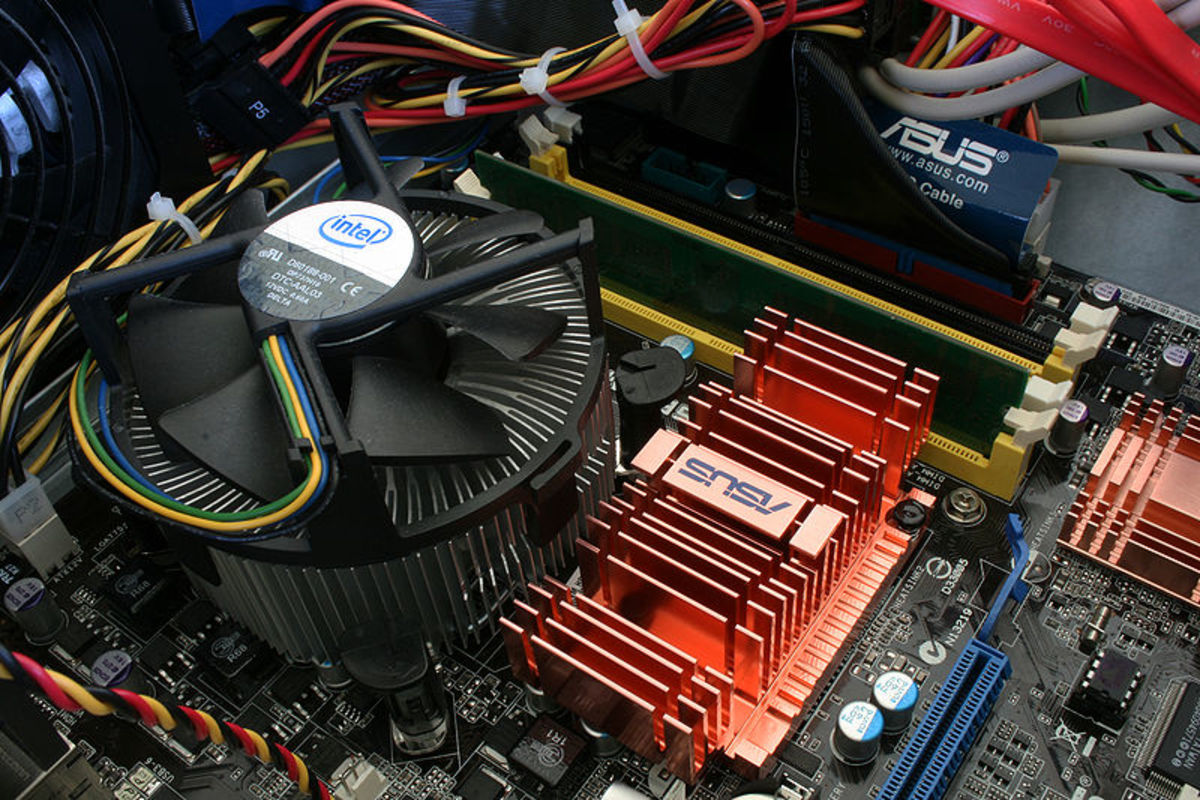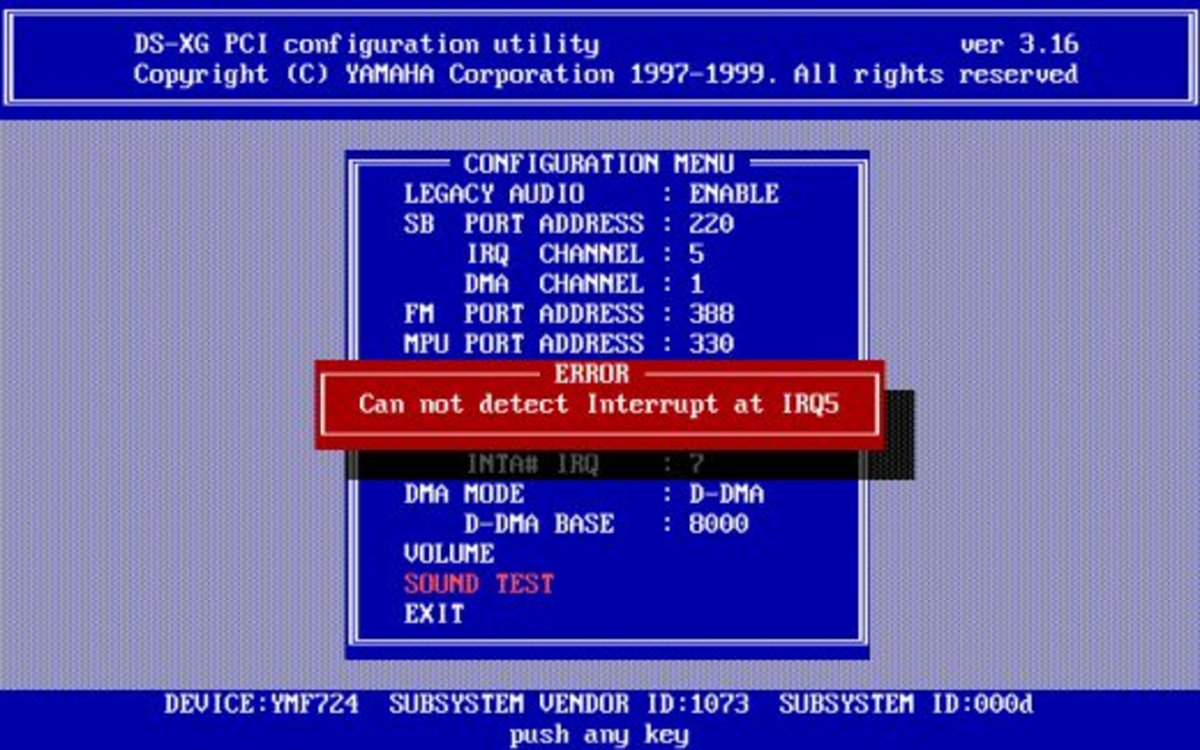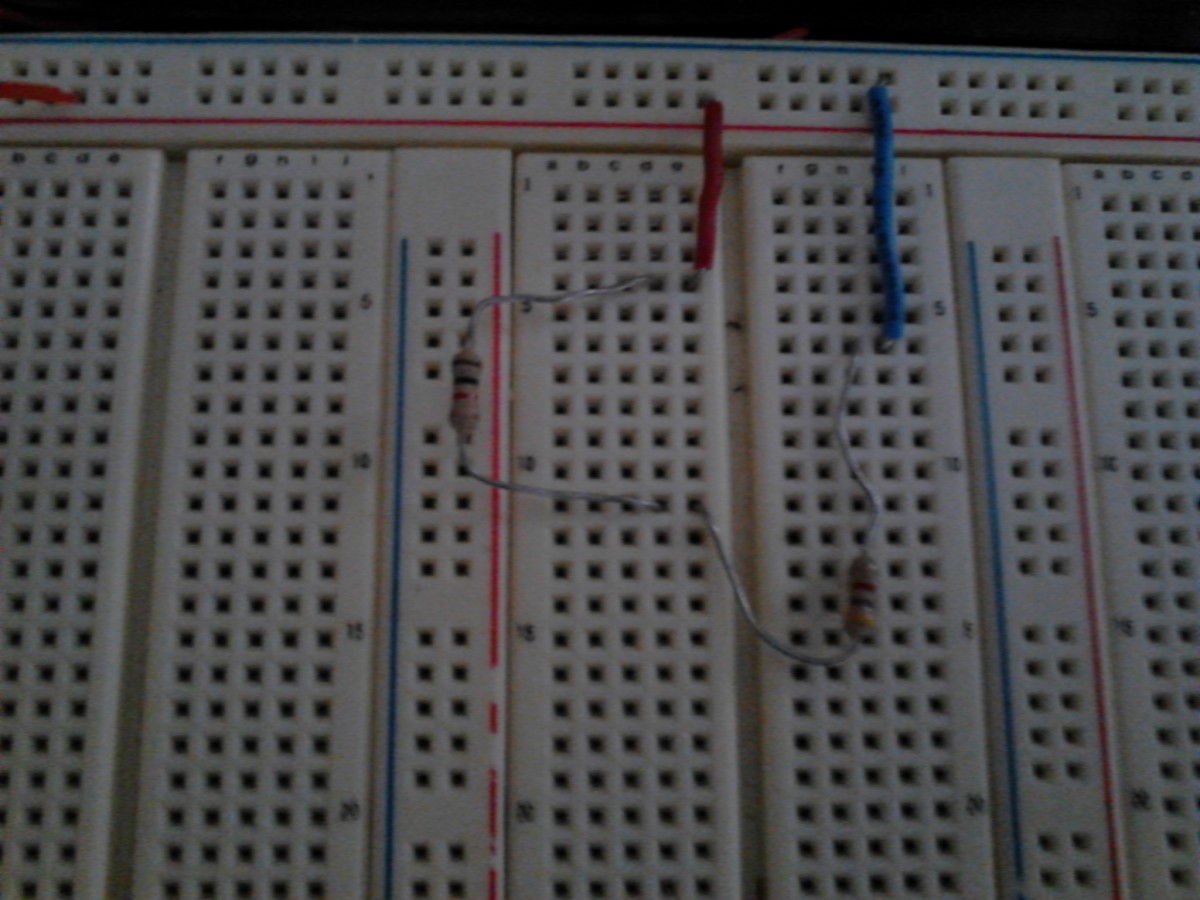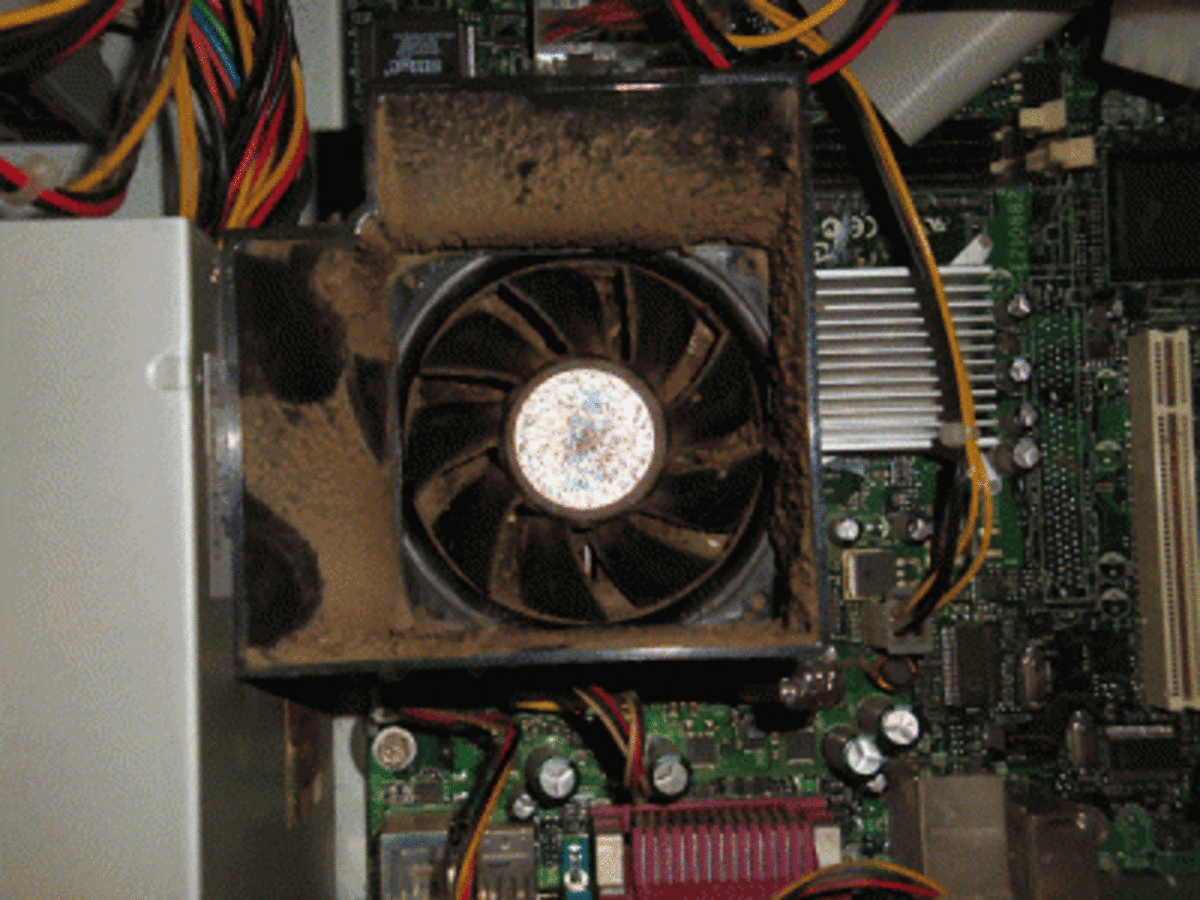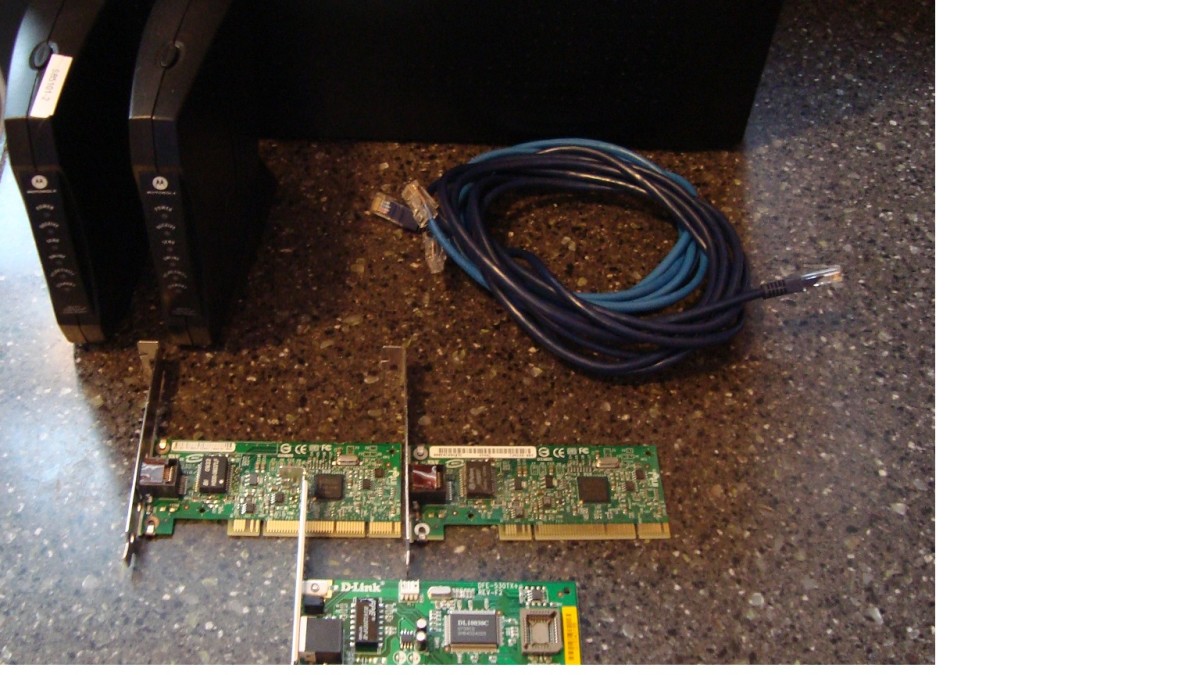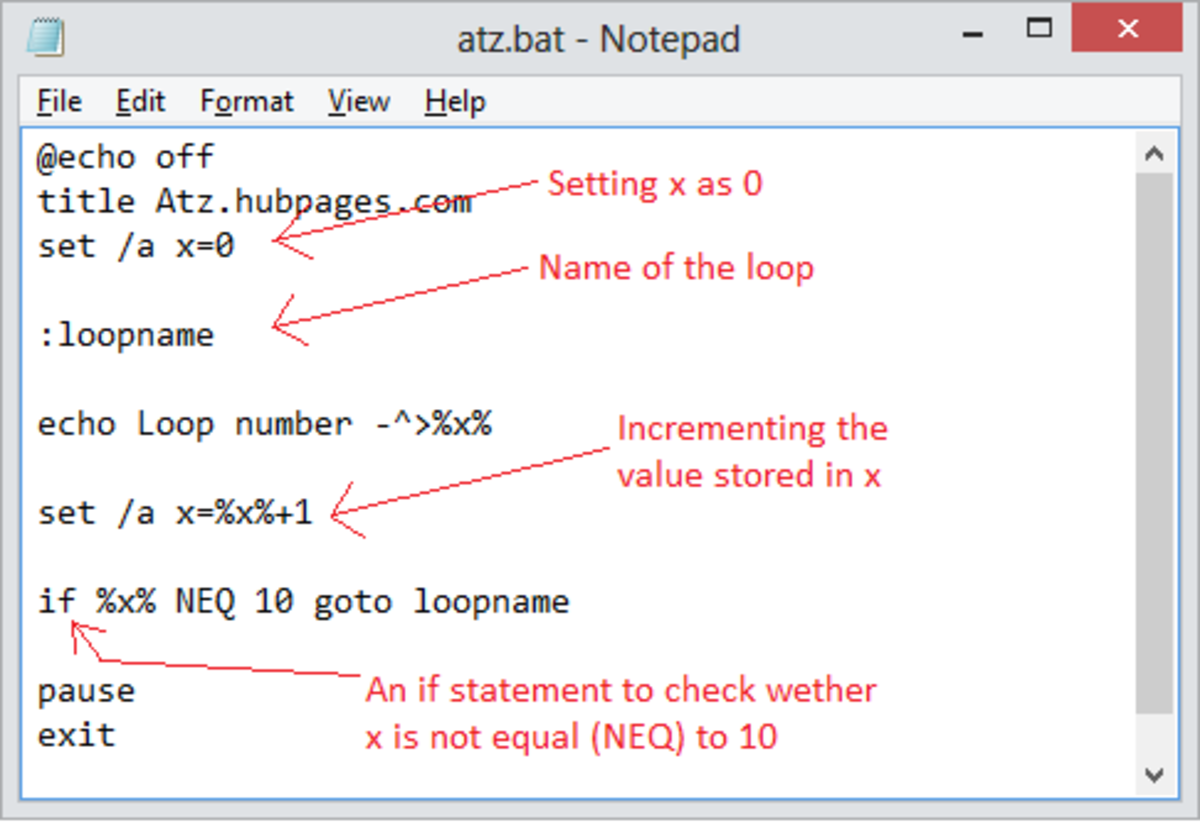- HubPages»
- Technology»
- Computers & Software»
- Computer How-Tos & Tutorials
Assemble Your Own Computer From Scratch
Computer system
Let's start from the beggining. What does the computer system consist of? What are the main parts of the computer? What should we look for when choosing the parts?
The main part is the bare computer, which is a system by itself, that needs other components to visualise information for the user. Ok, we have the computer, which for now will be a black box for now. The different devices you use for input / output are called peripherals. Such devices are the monitor, the mouse, the keyboard, the audio-representing device (headphones, speakers, etc.), and other that are not so widely used.
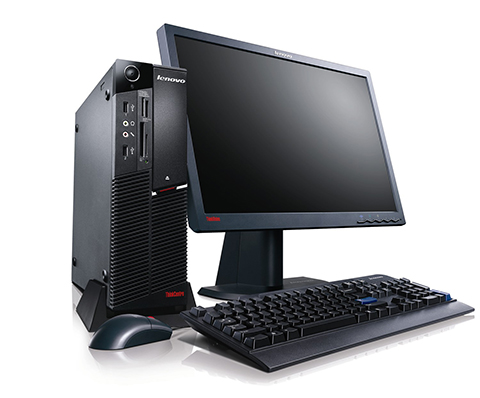
Main components of the computer and their most important characteristics
Here I will explain what you need to look for when choosing components.
The processor (CPU) is the main part along with the main board (mother board). The CPU is a chip, made of sillicon, that processes the information in the system. It is connected to the memory and to the chipset with so called bridges. CPU's productivity is measured by it's clock frequency. It shows how many ticks CPU does it a second. For example if you have 1 GHz (Hz-Herz is the measurement for linear frequency) ticks 1 billion times per second. The bigger the frequency is the better the CPU is. We are aiming for at least 2.0 GHz per core. What is a core? Modern processors consist of multiple cores. Every core is a separate processor that works coordinated with the other cores. If we have a CPU with 4 cores, 2.4 GHz each our final frequency will be 4X2.4 = 9.6 GHz. The processor has cache memory, which stocks the most used instructions. If you use a certain program often it will load faster (basically). Somewhere arround 8M Cache is good, but bigger is better, aint it?
Final words: clock frequency, measured in GHz (Hz, at least 2.0 GHz), number of cores (2, 4, 6, 8), cache (8M, 16M).
The processor need a cooler, that will export the heat, so the CPU won't melt. Usually when buying a CPU there is a cooler with it. You should apply thermal paste on both the CPU and the cooler, so the heat will be transfered better. Thermal paste layers must be very thin, almost transparent. If you want a specific cooler, you can buy one, better than the current, but you must be aware if it will fit your CPU. When talking about main board I will explain about the socket (the place where the processor attaches to the main board).
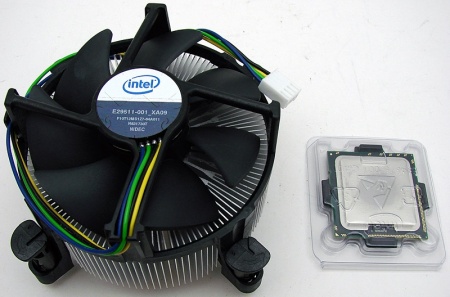
Another main component is the mother board (main board). It connects all the devices together so they can communicate. It has slots, connectors, a socket, battery for the BIOS, bridges. The socket is where the processor is placed. Every type of processor requires different socket. For example Intel Core I7 920 Extreme, Intel Core I7 920, Intel Core I7 950 need Socket 1336, Intel Quad Core Q6600 needs Socket 1155, AMD processor require AMD sockets. When you buy processor you can check in the manufacturer's site it's characteristics and make sure you have the correct one.
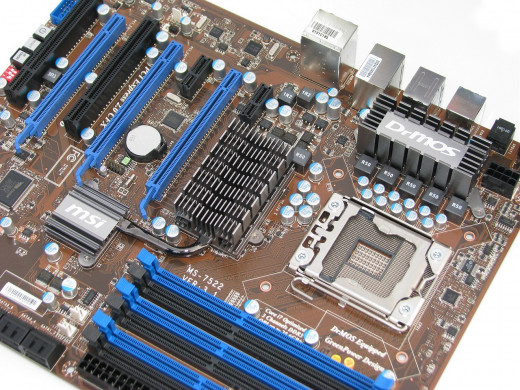
Video card is required so you can see the output on you monitor. Video card is attached to the PCI ports on the motherboard. You must have a main board that supports the desired video (graphics) card. PCI 1.6, PCI 2.0, PCI 3.0 are most used today. Be aware of that!
Video card's specifications you should look for are it's Video Memory and Bus Width. Video Memory - 1 GB (1024 MB), 2 GB (2048 MB), 4 GB (4096 MB); Bus Width - 256 bits, 384 bits, 512 bits. At the current moment if you have 1 GB, 256 bits video card you have a middle class graphics controller. Other characteristics when choosing video card: DirectX support (10, 11), power needed (crucial when defining the power supply unit (PSU)).
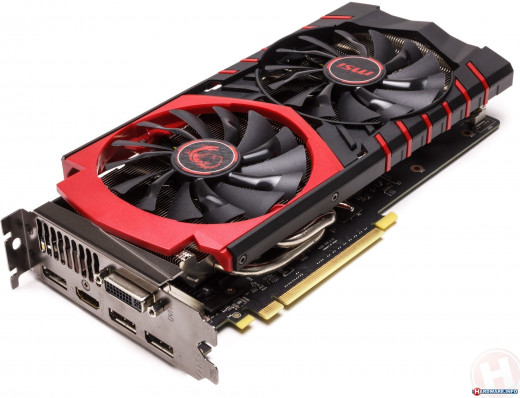
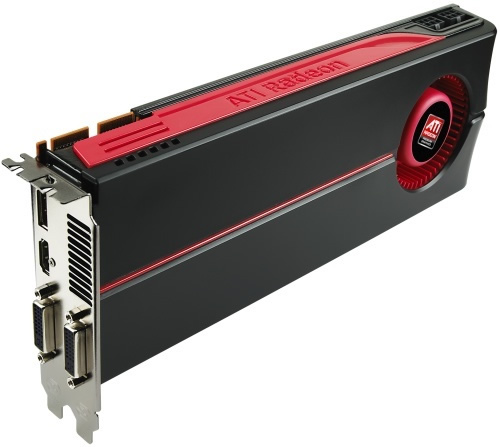
Other main board specifications you should be aware of: supported memory (called RAM) type (DDR2, DDR3), memory frequency, and total memory you can insert. Now most computers use DDR3. If you have memory with more frequency than the mother board supports the RAM will be downclocked. It's not a big pain in the neck after all.
Operating memory - main purpose of this is to keep current programs, because this type of memory is very fast. Anything from 4 GB to 24 GB should work for you depending on what you will do with the computer. For gaming - 8 GB and you won't have a problem. If you use the computer for movies and internet - 2 GB, 3 GB, even 4 GB should work for you. RAM's frequency varies from. Usually 1033, 1333, 1667, 1800, 2000 MHz. I have two computers - one of them has 1333 MHz memory, the other - 1033 (because of downclocking by the mother board) and I haven't seen significant difference.
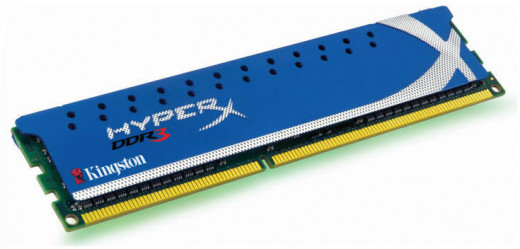
Now you need to choose a hard drive to store all of your information - operating system, program files, photos, movies, games, etc. There are two types of disks - HDD and SSD. While the HDD is significantly slower than the SSD, HDD is far cheaper. If you want to have faster computer then go for SSD. The first and main thing when choosing hard drive is its capacity - the more the better. Aim for at least 500 GB of space. 1TB is a lot of space, but 2 TB is insane (talking about HDD). SSDs can be used for keeping the operating system which means you can install two hard drives - one SSD and one HDD. When choosing HDD look for higher speed - at least 5400 rpm (revolutions per minute).
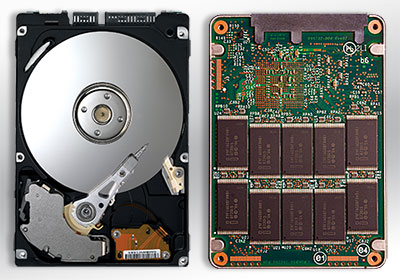
After completing the above steps it's time for the last one - Power Supply Unit (PSU). Depending (most) on you graphics card you should buy appropriate PSU. You must find one that has all needed output cables - one for the CPU (4- or 8-pin), one for the Motherboard (24-pin), molex (getting older) - 4-pin, one or two 6-pin (PCI-E) cables for the graphics card, power cables for the hard drive (usually no problem with that). For a gaming computer everything over 600 Watts should be fine.
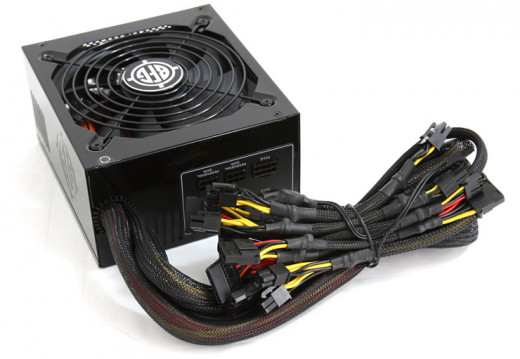
Guide on how to put everything together
With the pictures below I will explain the assembling of the new system.
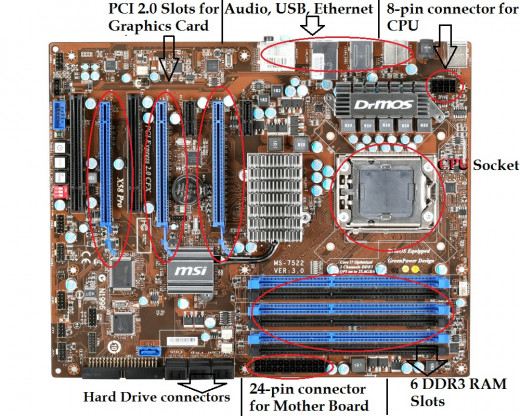
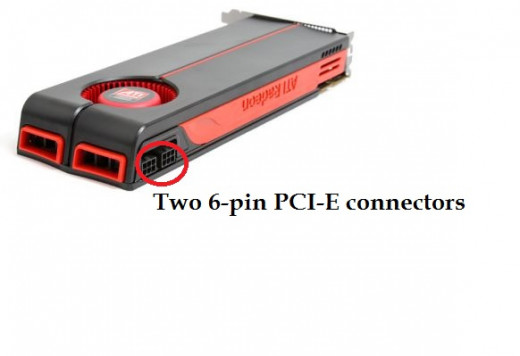

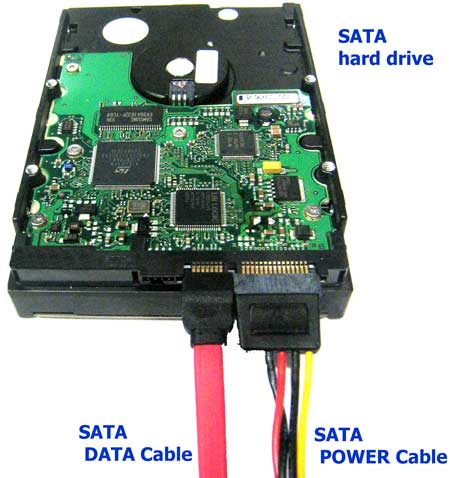
Conclusion
Now you only have to enjoy your new computer and test it possibilities.

